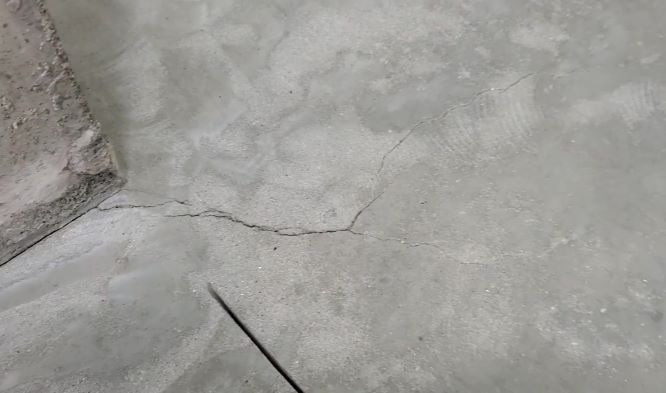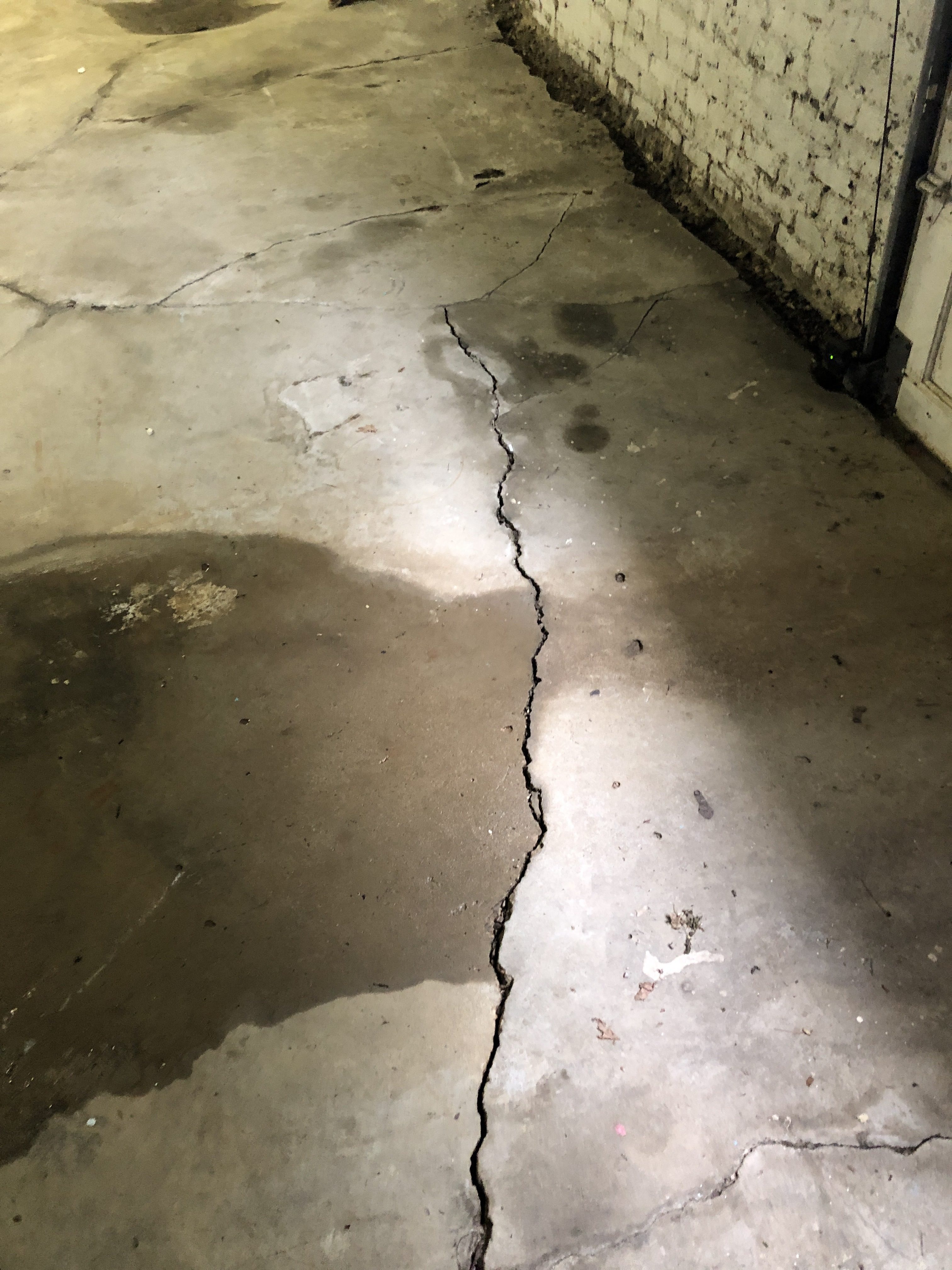As a homeowner who takes pride in maintaining a safe and comfortable living space, the discovery of cracks in the cement basement floor can be concerning. A cracked basement floor not only poses potential safety risks but also raises questions about the structural integrity of the entire foundation. In this comprehensive guide, we will delve into the world of cracks in cement basement floors, exploring their causes, potential implications, and effective solutions to address them. By understanding the underlying issues and preventive measures, you can ensure your basement remains a sturdy and secure foundation for your home.
Understanding Cracks in Cement Basement Floors
Cracks in cement basement floors can occur for various reasons, and identifying their causes is essential for determining the appropriate course of action. Common factors contributing to cracks include settling of the foundation, shrinkage during the curing process, and changes in moisture levels. It’s crucial to differentiate between different types of cracks, ranging from minor surface fissures to more severe structural fractures. Moreover, being aware of other potential signs, such as uneven floors or water seepage, can help you detect any underlying issues that might need immediate attention.
Assessing the Severity of Cracks
Upon discovering cracks in your basement floor, it’s essential to assess their severity to determine the appropriate response. Conducting a visual inspection and measuring the width of the cracks can provide initial insights. Hairline cracks are generally less worrisome and can often be repaired with simple DIY methods. However, deeper or wider cracks may require professional assessment, as they might indicate more significant structural problems that need prompt attention to avoid further damage.
Common Solutions for Repairing Cracks
For minor surface cracks, taking a DIY approach can be both cost-effective and relatively straightforward. Utilizing epoxy or concrete patching products allows you to fill and seal small-scale cracks effectively. We will guide you step-by-step through the process, empowering you to tackle these minor repairs with confidence. However, for more complex or structural cracks, it is advisable to seek professional help. They can employ techniques such as polyurethane injections for non-structural cracks or slab jacking to address structural settlement issues with precision and expertise.
Prevention and Maintenance Tips
Preventing cracks in your cement basement floor starts with proper preparation before pouring the concrete. Ensuring a well-compacted sub-base and using control joints can help minimize the risk of future cracking. Moreover, maintaining proper humidity levels in the basement can prevent excessive shrinkage during the curing process. We will provide you with practical maintenance tips to extend the life of your basement floor and reduce the likelihood of future cracks.
Addressing Underlying Issues
Cracks in the basement floor can sometimes be a symptom of more significant issues, particularly water intrusion. We will explore the connection between cracks and water seepage, shedding light on the importance of basement waterproofing to prevent further damage. By addressing the root cause of the problem, you can ensure a dry and stable basement environment for years to come. Additionally, reinforcing the basement floor with appropriate techniques can help prevent structural issues and maintain the overall stability of your home’s foundation.

Professional vs. DIY Approach: Choosing the Right Path
Deciding between DIY repairs and hiring professionals can be a critical choice that impacts the effectiveness and long-term durability of crack repairs. We will present you with factors to consider when making this decision, weighing the pros and cons of each approach. While DIY repairs can be cost-effective for minor cracks, complex or severe issues are best left to professionals who possess the necessary expertise and tools.
Cost Considerations and Budgeting
Repairing cracks in your cement basement floor involves financial considerations, whether you opt for DIY methods or professional services. We will help you estimate the costs associated with each approach, taking into account the long-term value and potential savings that proactive repairs can offer. Delaying crack repairs may lead to more significant problems in the future, potentially escalating costs and posing safety risks.
Ensuring Safety and Health
Addressing cracks in your basement floor should not compromise the safety and well-being of your household. We will provide guidelines on mitigating potential hazards associated with cracked floors, such as trip and fall risks. Additionally, dealing with mold and mildew growth in damp environments is crucial for maintaining a healthy living space during the repair process.
Cracks in cement basement floors are not to be taken lightly, as they can impact the stability and safety of your entire home. By understanding the causes of cracks, assessing their severity, and employing appropriate repair and preventive measures, you can safeguard the longevity and resilience of your basement floor. Whether you choose a DIY approach or seek professional assistance, the key is to address cracks promptly and proactively. With this comprehensive guide, you are empowered to make informed decisions to ensure your basement remains a strong and secure foundation for your home’s future.
Basement u0026 Foundation Floor Cracks Repair in Atlanta Georgia
Basement Floor Cracks – How To Fix Cracks In A Basement Floor
Floor Cracks – Foundation Recovery Systems
Basement Concrete Crack Repair Fixing Cracks in Slabs and Walls
Foundation Floor Crack Repair CrackX
Related Posts:
- Basement Floor Insulation Methods
- Concrete Flooring Options For Basement
- Sill Gasket For Basement Floor
- Vinyl Flooring In Basement Pros And Cons
- How Thick Are Basement Floors
- Thermal Break Basement Floor
- Interlocking Rubber Floor Tiles For Basement
- Remove Water From Basement Floor
- Types Of Basement Floor Drains
- Basement Floor Cement Sealer





